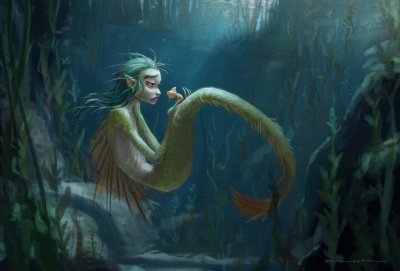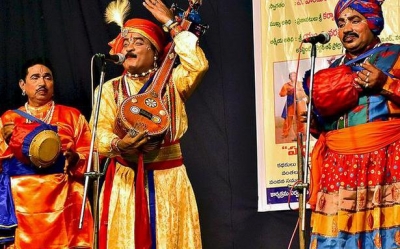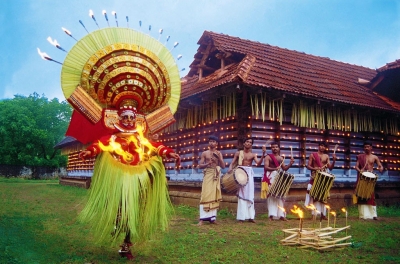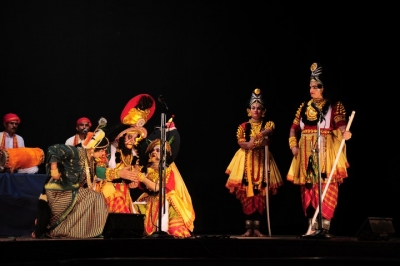What culture is mermaids in japan?

Tales of mermaids are firmly entrenched in cultural mythologies of many regions and can be found in medieval art and contemporary popular literature the world over.
In Japan, elements of belief and myth linked to the natural world have endured from prehistoric times as an important part of culture and tradition. But the mermaid, as imagined in the western psyche, does not appear in these accounts. In Japanese folklore, there is a human-fish creature with the mouth of a monkey called a ningyo (the word in Japanese is composed of the characters for "person" and "fish") that lives in the sea. An old Japanese belief was that eating the flesh of a ningyo could grant immortality.
Accounts of mermaid appearances, though, are rare in folktales, and the creatures, rather than being objects of mesmerising beauty are described as "hideous" portents of war or calamity.
Mermaids in Japan today are no longer tiny clawed creatures with the torso of a monkey and the tail of fish. It would seem that the mermaid, as known in the west, infiltrated Japan at the start of the early 20th Century. This coincided with an influx of American culture from army bases at the start of World War I, as well as the publication of the first Japanese translation of Hans Christian Andersen's "The Little Mermaid".
Writers and illustrators, such as Tanizaki Jun'ichiro in Ningyo no nageki, “The Mermaid's Lament, 1917, began to feature this creature in their work. This led to the grotesque image of the ningyo being superseded or merged with a clearly feminine mermaid known as Mameido, in popular culture.
This new mermaid now appears to have new tales that attract tourists to the southernmost islands of Japan. The bronze statue of a mermaid, sitting forlomly on a rock on Okinawa's Moon Beach, is supposed to represent local legends of beautiful mermaids rescuing people from the depths of a menacing sea. A far cry from the ghoulish image of the ningyo, the half-human fish with a monkey's mouth.
Picture Credit : Google


